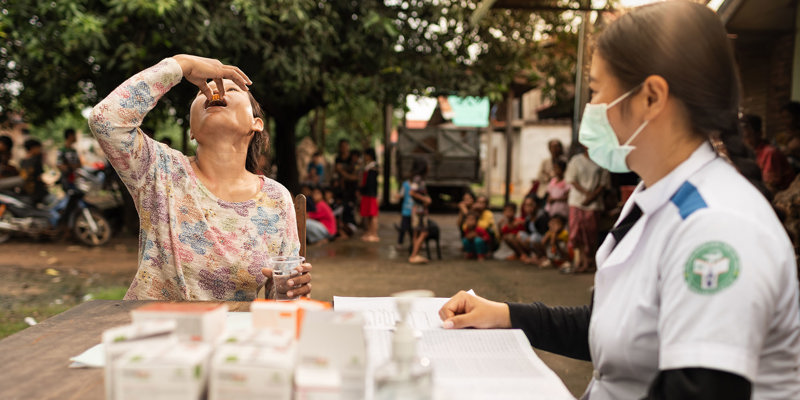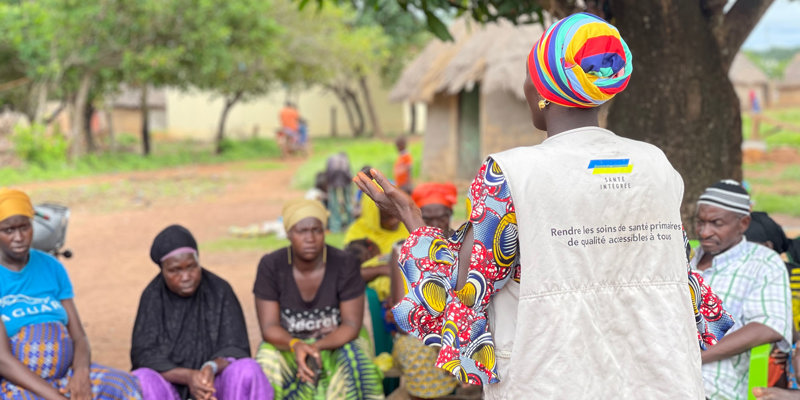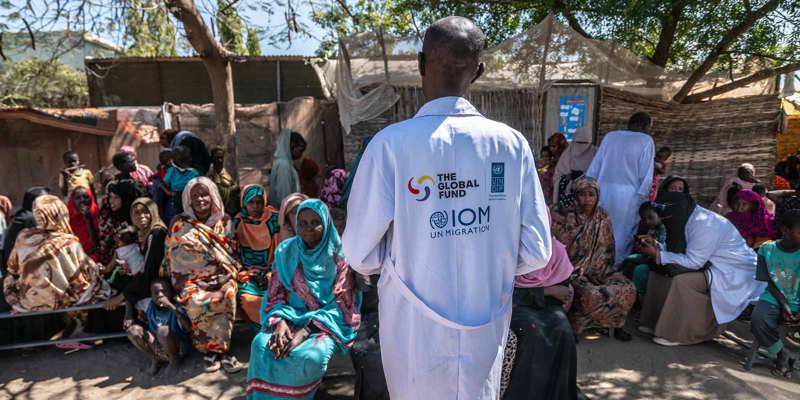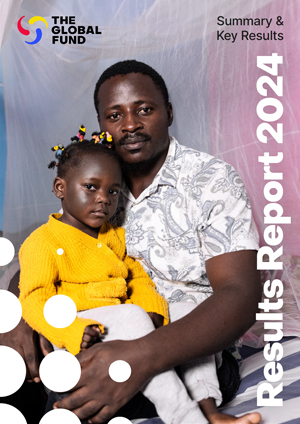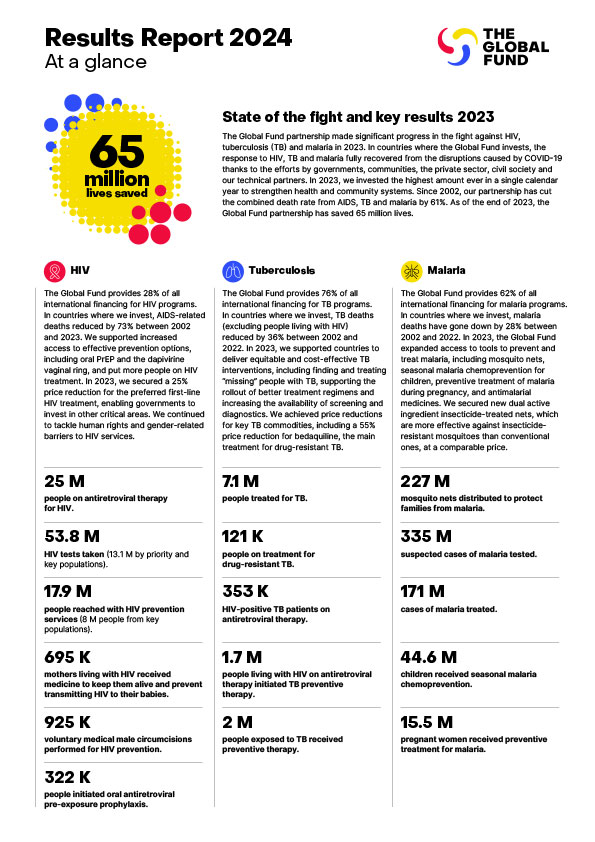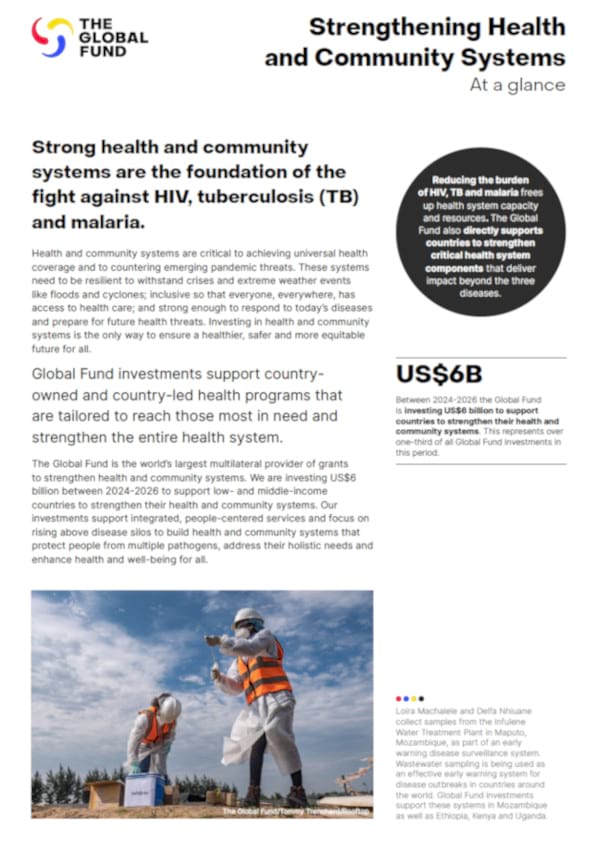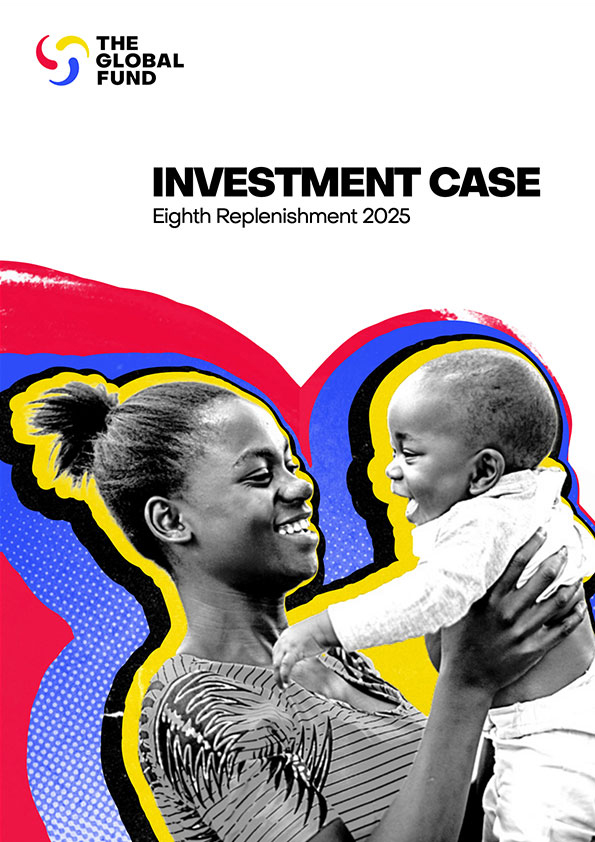

Data saves lives. To end HIV, we must improve key population data collection now.
Forty years after the beginning of the AIDS epidemic, the world is still struggling to collect quality data on the people who are the most affected by HIV, impeding the progress towards the eradication of the disease.
Despite amazing progress – cutting AIDS-related deaths by more than half since 2005 – HIV infection rates are not declining fast enough to reach our goal of ending HIV as an epidemic by 2030. The epidemic continues to disproportionately affect key populations, such as men who have sex with men, sex workers, prisoners, people who inject drugs and transgender women. In 2019, key population groups and their sexual partners accounted for 62% of new HIV infections globally – despite making up a very small percentage of the overall population.
Reaching key populations with prevention, testing, treatment and care, and supporting them to overcome human rights barriers to health services is fundamental to ending HIV. To achieve this, we critically need the continuous, systematic collection, analysis and interpretation of granular data on HIV burden, population size, access to services and specific barriers.
Stakeholders leading the fight against HIV strongly rely on such data to assess a country’s eligibility for funding, design targeted programs, approve funding allocation, define targets and measure success.
But we have a problem.
Recent research which reviewed all available HIV prevalence data collected among key population over a period of 17 years (2001-2017) in 123 low- and middle-income countries had some alarming findings. These included that three-quarters of countries do not have any HIV prevalence data for transgender women, about 50% of countries do not have any HIV prevalence data for people who inject drugs, and 20% of countries do not have any HIV prevalence data for men who have sex with men or for sex workers. Moreover, only 44 of the 123 countries reviewed have adequate HIV prevalence data for national or local HIV programming for key populations. Lastly, only 60% of countries have HIV prevalence trends data for sex workers and for men who have sex with men.
This data availability and quality pattern is further complicated by widespread stigma and discrimination towards key populations, which hamper data collection efforts.
The consequences of such data availability and quality issues are catastrophic. First, countries without HIV prevalence data or with data of inadequate quality may be denied or have limited access to much-needed funds from donors. Second, the lack of trend data may compromise grant performance measurement and impact evaluations. Third, a shortfall in resources and a reduced assessment capacity of programs threaten the roll-out of prevention, testing and treatment of key and vulnerable populations.
In response, the Global Fund has implemented a US$35 million Strategic Initiative on Data Systems to strengthen integration and effectiveness of key population programs and has committed with public and private partners to further invest in country data systems and community monitoring to improve the data availability and quality among key populations. Global health partners, including the Global Fund, WHO and UNAIDS, also explore simplified approaches to collecting quality data on a regular basis. UNAIDS has recently relaunched its Key Populations Atlas, an online tool that provides a range of information about members of key populations worldwide.
As the world fights COVID-19, the power of, and need for, real-time local data has become undeniable. Infections, hospital admissions and deaths from COVID-19 worldwide are tracked daily. We need to apply the same approach to HIV data to get back on track to achieve the 2025 targets and end the HIV epidemic by 2030.

